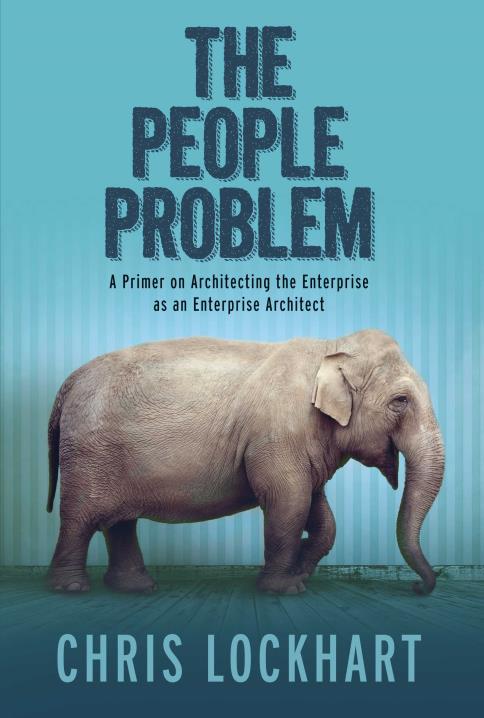Paging an IT Leader.
One of the things a good IT leader always needs to ensure he or she understands is basically what it is they’re trying to do. Sounds simple. But in reality the day-to-day of IT operations and business-as-usual activities can sometimes overwhelm leaders with arcana and impair their ability to see where they’re going. Pretty obvious and in truth this is a great thought exercise for a CIO forum or workshop.
Imagine, however, the folks who work for the befuddled IT leader. If he doesn’t really know what he’s trying to accomplish, odds are pretty good that his reports have no clue. Sadly, there’s no forum for confused underling architects to work out how to divine the mission, vision and goals of an organization.
Being squishy is good.
I’ve described the process of knowing what you’re doing as consisting of ‘squishy’ things like vision or mission statements. I call them squishy because of how inconsistently things like vision are described and applied. Forget how subjectively they’re communicated and understood. Sadly they are usually thought out with great energy, written in a Word document and then forgotten by everyone until there’s a reorg and it’s time to update it. A bit cynical maybe, but true.
The vision is important. The purpose of the organization and its mission are critical to get right. Without it, how do you know what your objectives are? How do you know what you’re doing? How do you measure your activities? How do you know you’re being successful? How do you know you won’t be reorg’d into the unemployment line?
Where’s the value?
Sure you could measure things like ‘utilization’ or ‘billable time’. But those are merely metrics that represent progress toward some thing. The thing has got to be a concise and discrete objective with milestone goals identified. I don’t mean a change request number or GL code that you use in time keeping each week (or each day in some micromanaged organizations). I mean a clear statement of purpose and a defined path to achievements that serve that purpose.
At some point everyone gets to a place where they ask themselves “what value am I providing to the organization? How is spending my time on this valuable?” If there isn’t a way to tie your daily activities to some set of goals and objectives that in turn are tied directly to some greater purpose, you are in trouble. The first thing that happens is morale tanks. Secondly, people will start asking (especially at budgeting time) what it is your team actually does. Your folks will spin their wheels doing work that serves no purpose and is of no value to anyone. Lastly they’ll either leave, get themselves fired or get you fired. Millions of dollars will have gone down the drain in the process.
Nah, this never happens.
We all know some organizations that fit this mold. There are units and fiefdoms within every major organization consisting of human beings where purpose and value are lost in a fog. These are the groups that seem to be on every call, in every meeting. They have fingers in everything because they have no objectives, no purpose. They’re casting about for busy work to demonstrate how important they are and to fulfill a need for self-worth and self-valuation. They usually have big plans that flash in the pan and then dissipate in an atomized cloud of confusion and insignificance. Most other groups end up ignoring them.
It doesn’t have to be this way. Wouldn’t it be easier to clearly define your raison d’etre up front? Use whatever framework you like. Map your vision. Define the mission of the team that will work to realize that vision. Identify and clearly delineate the objectives of the organization that serve the mission. Figure out what goals or milestones exist for the team to work toward in order to reach the objectives that advance the mission.
Getting there.
Unfortunately, many IT leaders don’t possess the soft skills necessary for this kind of work. But if the IT leader knows what he’s doing, if he can clearly and concisely define and communicate the plan to the team, the team should have no problem figuring out how what they do daily provides value to the enterprise. People will be happy, productive and rewarded by meeting goals to reach objectives that serve the mission to realize the vision.


